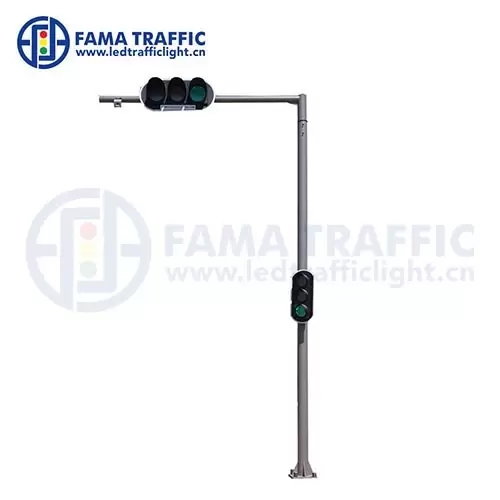In today's fast-paced world, transportation plays a vital role in connecting people and places. When it comes to choosing between a train and a bus, safety becomes a paramount concern. In this blog post, we will delve into the safety aspects of both modes of transportation, exploring various factors that contribute to their safety records. By analyzing statistics, regulations, and technological advancements, we aim to uncover the truth behind the safety paradox and determine whether a train is indeed safer than a bus.
- Safety Regulations and Standards:
To evaluate the safety of trains and buses, it is crucial to understand the regulations and standards governing their operations. Trains are subject to rigorous safety protocols, including regular inspections, maintenance, and adherence to signaling systems. On the other hand, buses must comply with traffic regulations and undergo periodic inspections. Both modes of transportation prioritize passenger safety, but the stringent regulations imposed on trains give them an edge in terms of safety measures. - Collision and Accident Rates:
When comparing the collision and accident rates between trains and buses, it is essential to consider the inherent differences in their operating environments. Trains primarily operate on dedicated tracks, minimizing the risk of collisions with other vehicles. Additionally, advanced signaling systems and automatic braking systems further enhance train safety. Conversely, buses share the road with other vehicles, making them more susceptible to accidents caused by human error or external factors. While buses have safety features like seat belts and airbags, the controlled environment of trains contributes to their lower collision and accident rates. - Passenger Capacity and Congestion:
Another aspect to consider is the passenger capacity and congestion levels of trains and buses. Trains generally have a higher passenger capacity, allowing for more efficient transportation of a large number of individuals. This reduces the need for overcrowding, which can compromise safety. Buses, on the other hand, may experience congestion during peak hours, leading to potential safety concerns. The ability of trains to accommodate a larger number of passengers while maintaining a controlled environment contributes to their overall safety. - Technological Advancements:
Advancements in technology have significantly impacted the safety of both trains and buses. Trains benefit from sophisticated systems such as positive train control, which monitors and controls train movements to prevent collisions and derailments. Additionally, trains often have dedicated tracks equipped with advanced signaling systems, further enhancing safety. Buses have also seen technological advancements, including improved braking systems, stability control, and driver assistance systems. However, the controlled environment and extensive safety measures of trains give them a slight advantage in terms of technological safety advancements.
Conclusion:
After a comprehensive analysis of various factors, it becomes evident that trains possess a higher level of safety compared to buses. The stringent regulations, controlled operating environment, lower collision and accident rates, higher passenger capacity, and technological advancements contribute to their superior safety record. However, it is important to note that both trains and buses prioritize passenger safety and continuously strive to improve their safety measures. Ultimately, the choice between a train and a bus should consider individual preferences, convenience, and the specific circumstances of the journey.
